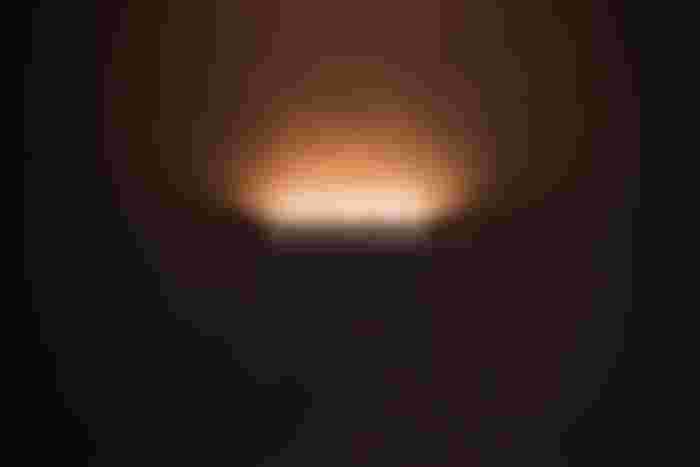Which color LED light is best for sleeping?
The quality of your sleep is an essential part of your health. When you get a good night's rest, you'll feel more energized during the day and be able to perform at your best. If you have trouble falling asleep or staying asleep, it can have negative effects on both mental and physical health. The way we sleep has changed dramatically over the years—with most people now using electronic devices such as phones and laptops at night instead of reading books by candlelight. This shift has led to increased exposure to blue light in our bedrooms after dark—and that change might not only be affecting our sleep patterns but also impacting our overall health!

LED light: What you need to know
LED lights are safe to use. The National Electric Code, a set of standards for electrical systems in the United States, has deemed LED lights safe to use in homes, as long as they're not used outside or near combustible materials.
LED lights are energy efficient. Because they only produce light when electricity is running through them (rather than at all times like incandescent or fluorescent bulbs), LEDs actually use less energy than other types of bulbs do while still providing ample light output. This can save you quite a bit on your electric bill over time!
LED lights have a better color temperature than incandescent or fluorescent lights. In general, people prefer warmer colors when it comes to lighting their homes and offices—this is because our bodies naturally adjust themselves to warmer hues during the nighttime so we can rest easily without being disturbed by bright lights (which also helps us fall asleep faster). So if you're shopping around for new lamps for your home office or bedroom and want something that will help promote good sleep habits without disturbing natural circadian rhythm cycles in any way, then look no further than these versatile little gems! They're affordable too, which makes it even better!
How do LED lights affect health?
LED lights are a good option for the health of your eyes. LEDs use less energy than other types of light sources, which means less pollution and less heat. They also don't contain toxic mercury like older fluorescent bulbs do, making them safer to dispose of once you're done using them. Plus, because they're more efficient at producing light than incandescent bulbs or fluorescents, LEDs last longer—a lot longer: up to 100 times as long! That's even better than LEDs themselves (which usually last 30–50 times longer than traditional lighting).
LEDs have been shown in studies to reduce eye fatigue and improve sleep quality by reducing the amount of blue light that reaches your eyes while you sleep at night. In fact, one study showed that people who slept with white noise along with a blue light filter saw improvements in their sleep quality compared with those who only wore earplugs in silence (1). And finally—because they emit little heat—LEDs are better for both your health and comfort level if they're used around you while working or sleeping (2).
Getting better sleep with LED lights
To get the best sleep with LED lights, you can:
Use a warm white light. This will help to relax your body and mind before bedtime. Warming up the color temperature of your lights (from cool to warm) is one of the easiest ways to improve sleep quality!
Use dim lighting. The brightness of light affects how we feel and what we are able to see. Too much brightness can cause eye strain and fatigue, which both reduce your ability to fall asleep as easily as possible. So when using LED lights for sleeping purposes, try keeping them at a low setting so that it doesn't cause eyesight problems.
You can have a better sleep when you use an LED light and avoid blue lights at night.
You can have a better sleep when you use an LED light and avoid blue lights at night.
While there are multiple factors that affect your sleep, one of the most important ones is light. This can be especially true for those who work in front of a computer screen all day or have trouble falling asleep due to stress or anxiety.
You may not know it, but a lot of the lights we use for tasks like reading, working on computers, and watching TV emit a type of light called blue light (or high-energy visible [HEV] radiation). This type of radiation is known to suppress melatonin production—which makes us feel drowsy—so we get less sleepy at night. By using dimmable bulbs with warm color temperatures (i.e., yellowish light) instead of bright white ones, you can reduce this effect while still getting plenty of illumination where you need it most!
Conclusion
Blue light has been shown to suppress melatonin production, which can make it difficult to fall asleep and stay asleep. By reducing your exposure to blue light at night, you'll be able to get better sleep and improve your health.

Best not to use devices once attempting to sleep. Hehe but you spill it right. Lighting affects the eyes and melatonin production.